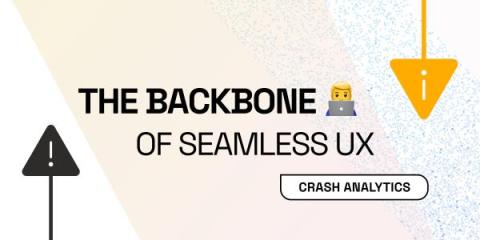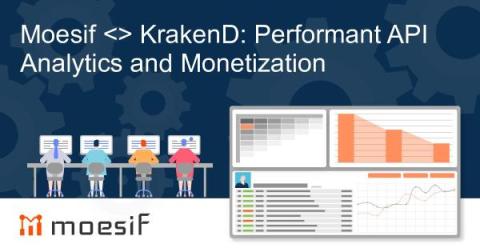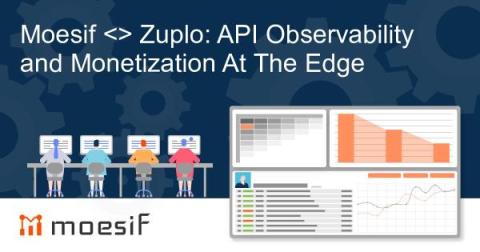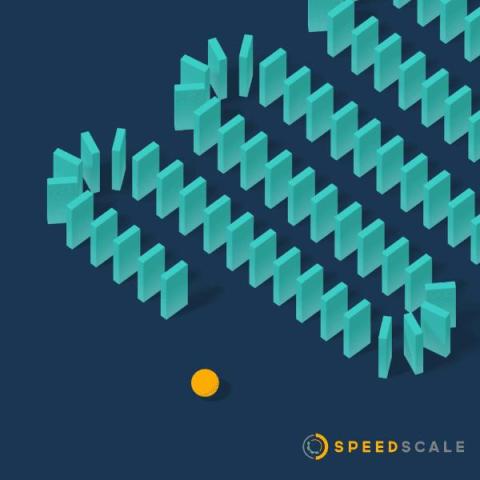Crash Analytics: The Backbone of Seamless User Experience
In the realm of product analytics, crash analytics plays a pivotal role in shaping a robust and user-friendly software environment. This comprehensive guide explores the significance of crash analytics within product analytics, highlighting its impact on user experience and product development.











